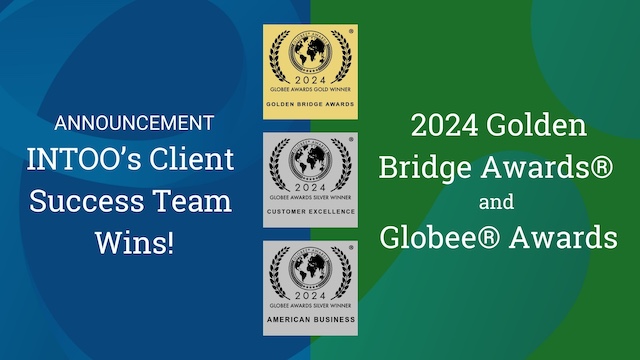Employee surveys have become a popular method for employers to demonstrate their interest in their employees’ concerns. But if no actions are taken as a result of the learnings, your survey efforts will have little benefit and could even have negative consequences. So how can your organization leverage employee survey feedback to drive engagement and loyalty?
5 Tips for Implementing Learnings from Employee Survey Feedback
1. Communicate the employee survey learnings to your workforce
Transparency is key to demonstrating your organization’s listening skills. Show your employees that you’re paying attention to their feedback by letting them in on the results of the survey. It’s important to share not only the positive feedback but the negative and constructive feedback as well. This will help employees know that they have been heard. Thank them for participating and for their honesty, because the information will help you make the organization better. It may help to hold meetings to communicate the learnings with both the whole organization as well as to smaller groups or departments so that employees can ask questions.
 2. Evaluate what changes will have the greatest impact
2. Evaluate what changes will have the greatest impact
Meet with stakeholders to decide what concerns need to be addressed in order to make the biggest improvements. Then determine the time and resources (both people and financial) that will be needed to accomplish these changes. Sometimes, several concerns can be addressed with a single change in process or solution.
For example, if your employees report that they feel that they lack opportunities for growth with your company, implementing a career development program would not only help address that concern, but could also diversify the skills of your workforce, reduce stress and maintain productivity during change and transitions by improving your organization’s agility, and help develop leadership from within.
3. Look for quick wins
Making positive changes quickly will help you gain your employees’ confidence by showing them you’ve listened to their concerns and care about them. Not every change can be made quickly, but oftentimes there will be an easy fix for some that can also be made at no cost.
For example, employee survey feedback may show that your workforce is unaware of the company’s goals, financial wins, or strategies, along with sales data, whether negative or positive. To remedy this issue, you can institute monthly company meetings and/or emails that update employees on the company’s fiscal health, operational and personnel changes, and open positions. You could also use that time to celebrate work anniversaries and promotions and introduce new hires.
4. Keep your employees informed about your plans and actions
Too many organizations neglect to keep their workforce informed on their plans to act on the results of employee surveys after initially announcing the learnings. To keep your employees engaged and loyal, respect them and their feedback by communicating on a regular basis your progress on and plans for improvements. Your employees will appreciate the updates, as they show that you consider them a vital part of the company and that their concerns have been taken seriously.
 5. Offer the survey again after actions are taken to gauge their effectiveness
5. Offer the survey again after actions are taken to gauge their effectiveness
Once you’ve taken steps to make changes based on the survey outcomes, reissue the employee survey on a biannual or annual cadence to measure not only the current state of workplace satisfaction, but also to measure the effectiveness of the actions that were taken. This will help you stay on course to continue taking corrective action where necessary and continuing productive and effective processes that help keep employees engaged and happy. Continuing to elicit and take action as a result of employee survey feedback will keep them loyal participants in the company.
The Takeaway
Employees feel more invested in their employer’s success when their input and ideas are considered and respected. Employee surveys, given at regular intervals, are an essential and uncomplicated way to gather information about how your workforce feels about your company and their jobs. Taking action in response to the employee survey feedback is important to keep the trust of your workforce. Continuing to update employees on your progress and keeping the lines of communication open will help maintain engagement and loyalty for a satisfied and productive workforce. INTOO’s coaches help employees in every stage of their career develop strategies to meet their goals, while employers reap the benefits of increased engagement, productivity, and retention. Learn more about how our career development programs can benefit your company.
Robyn Kern is a seasoned business writer who has written in the HR, education, technology, and nonprofit spaces. She writes about topics including outplacement, layoffs, career development, internal mobility, candidate experience, succession planning, talent acquisition, and more, with the goal of surfacing workforce trends and educating the HR community on these key topics. Her work has been featured on hrforhr.org and trainingindustry.com.


 2. Evaluate what changes will have the greatest impact
2. Evaluate what changes will have the greatest impact 5. Offer the survey again after actions are taken to gauge their effectiveness
5. Offer the survey again after actions are taken to gauge their effectiveness








